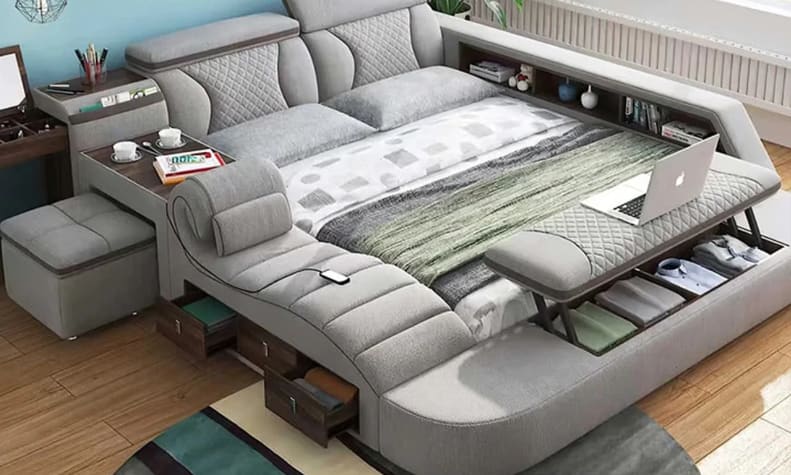Storage Solutions That Keep Shared Spaces Clutter-Free
Shared living rooms benefit from intentional storage that supports everyday life without overwhelming the space. This teaser highlights practical strategies—from smart layout and multifunctional furniture to lighting, textiles, and sustainable choices—that help communal areas stay organized, accessible, and visually calm for all household members.

Shared living areas function best when storage is integrated into design choices rather than treated as an afterthought. Clear layout decisions, purposeful zoning, and accessible storage points reduce daily friction and make tidying a simple habit. This article explores solutions that combine ergonomics, ambience, and sustainability to keep communal rooms tidy and inviting while addressing practical needs like maintenance and multifunctional use.
layout and zoning
Good layout creates intuitive zones for different activities—seating, media, play, and work—so storage corresponds to function. Use low shelving to separate a reading nook from a play area, or a console behind a sofa to hold remotes and chargers, keeping surfaces clear. Zoning helps limit where clutter accumulates and makes it easier for each household member to return items to a designated spot. Consider traffic patterns and reachability to support ergonomics and accessibility when placing baskets, hooks, and cabinets.
lighting and ambience
Lighting affects how orderly a room feels and how easily stored items are accessed. Combine overhead ambient lighting with task lamps near storage hubs and integrated cabinet lights to illuminate drawers and shelves. Consistent color temperature across fixtures maintains ambience and highlights design intent rather than mess. Accent lighting inside open shelving can turn necessary storage into a curated display, making everyday items look intentional and reducing the urge to hide possessions in random places.
flooring and acoustics
Choose flooring that handles daily use and simplifies maintenance: hard surfaces like engineered wood or tile pair well with washable rugs to define zones. Rugs contain spills in high-traffic areas and clarify where toys or shoes should stay. Address acoustics with soft textiles, upholstered furnishings, and wall hangings to absorb noise and create a calmer environment; acoustic comfort reduces the feeling of chaos and helps a room stay orderly. Select storage containers and furniture that are stable on the chosen flooring to prevent tipping and spills.
upholstery and textiles
Upholstery and textiles are functional tools for maintaining tidy shared spaces. Opt for durable, washable fabrics and slipcovers that simplify maintenance and resist stains. Use color and textile choices to group storage visually—coordinated fabric bins, poufs with lids, or a bench with hidden compartments can store items while enhancing ambience. Keep textiles easy to clean and replace where possible, and position soft storage near seating so blankets and pillows are accessible but don’t accumulate on floors.
storage and multifunctional furniture
Multifunctional furniture maximizes storage without crowding the room. Pieces like ottomans with lids, coffee tables with drawers, and media units with concealed compartments keep frequently used items within reach but out of sight. Vertical storage—tall bookcases, wall-mounted cabinets, and pegboards—preserves floor area and supports varied household needs. Design storage ergonomically: place heavy or frequently used items at waist height, keep kid-friendly bins low, and ensure handles and openings are accessible to all household members.
sustainability, maintenance, and accessibility
Sustainable choices extend the life of storage solutions and reduce turnover. Select repairable furniture, secondhand finds, and materials with lower environmental impact. Establish simple maintenance routines—daily 5-minute tidies and weekly sorting sessions—to prevent clutter buildup. Accessibility ensures storage systems are usable by everyone: label bins, choose contrasting colors for quick recognition, and provide reachable shelves and seating for tasks like putting on shoes. Thoughtful maintenance prolongs functionality and supports long-term organization.
Conclusion A clutter-free shared living room emerges from coordinated decisions across layout, lighting, flooring, upholstery, and storage. Prioritize multifunctional furniture, accessible placement, and durable textiles to support daily habits that keep spaces orderly. Integrating sustainability and simple maintenance routines helps preserve both appearance and function, ensuring communal rooms remain welcoming, ergonomic, and adaptable to changing household needs.





